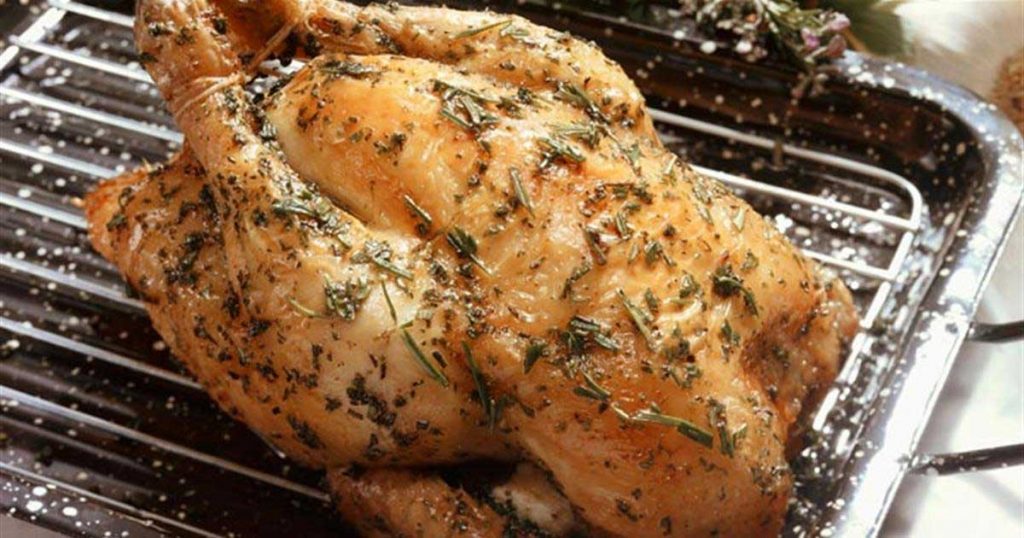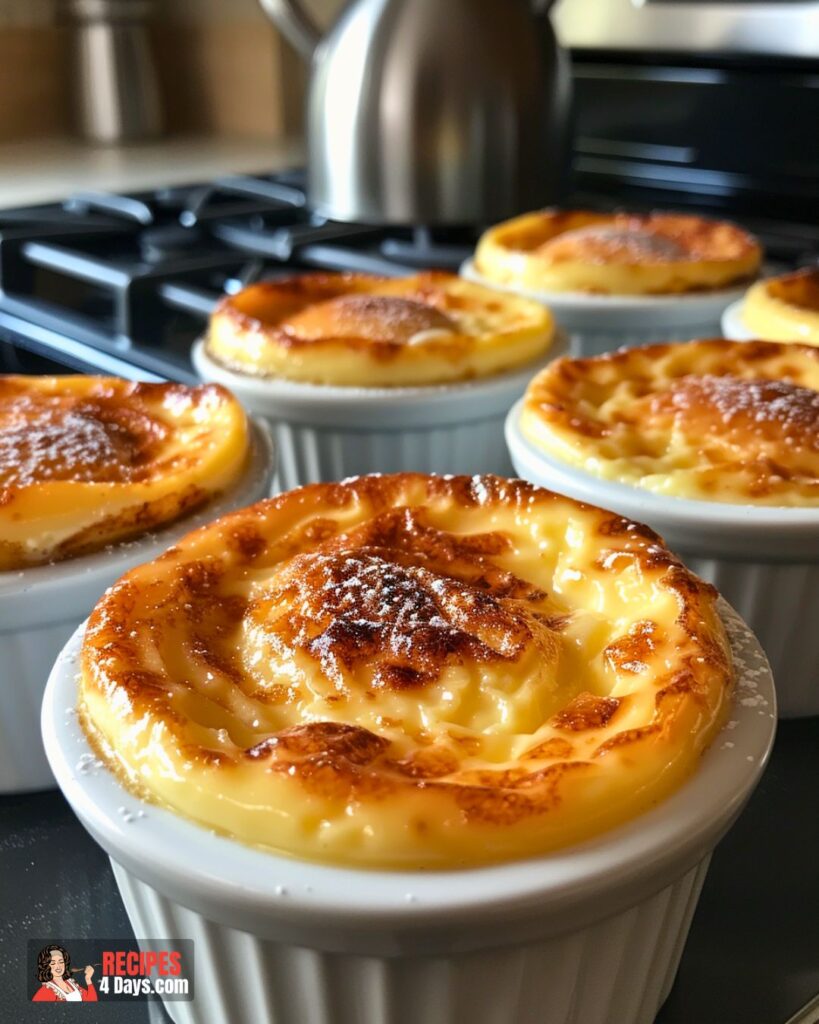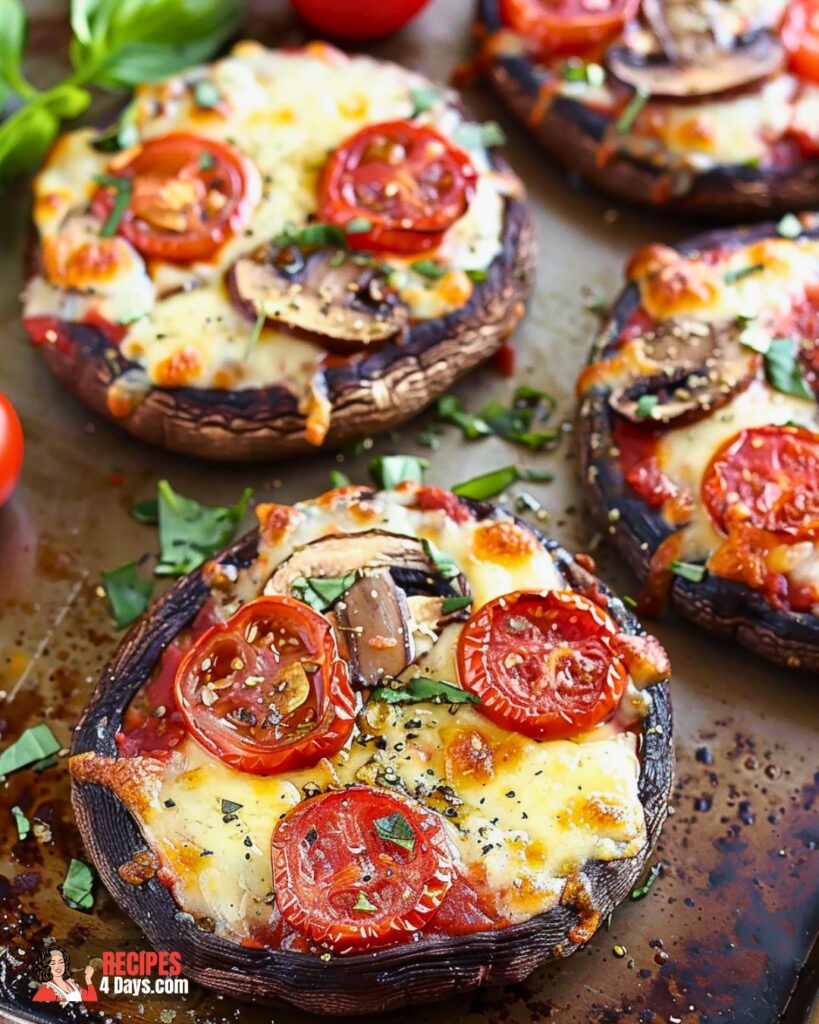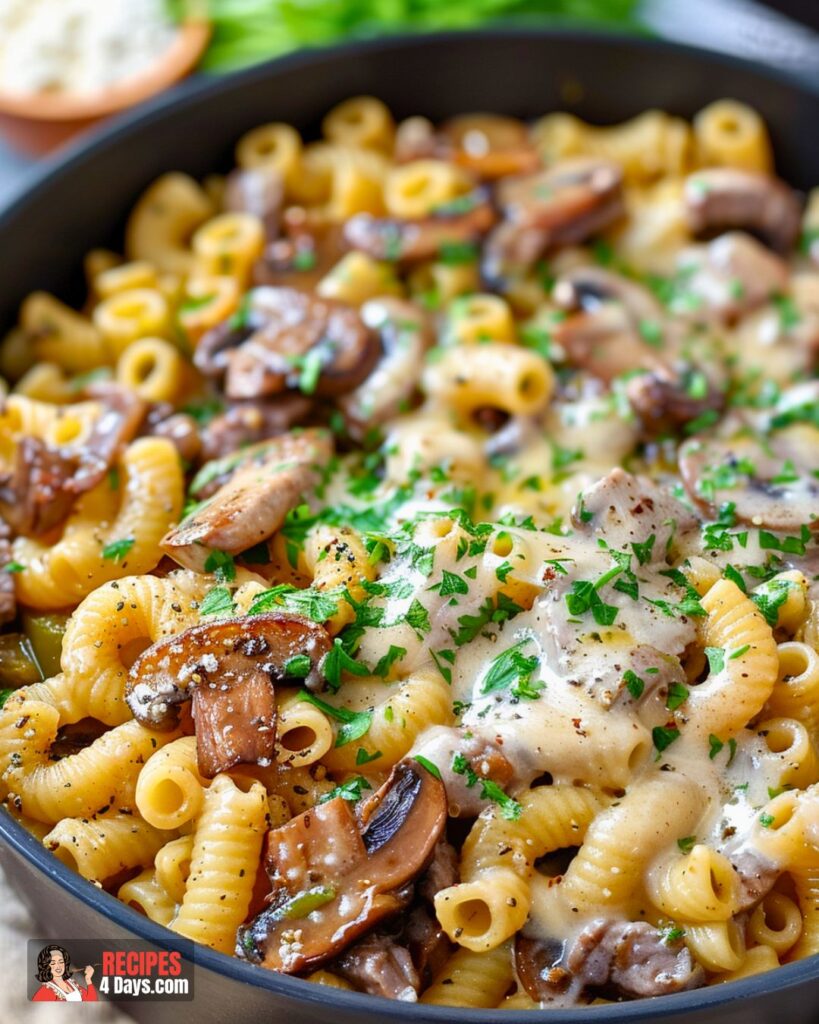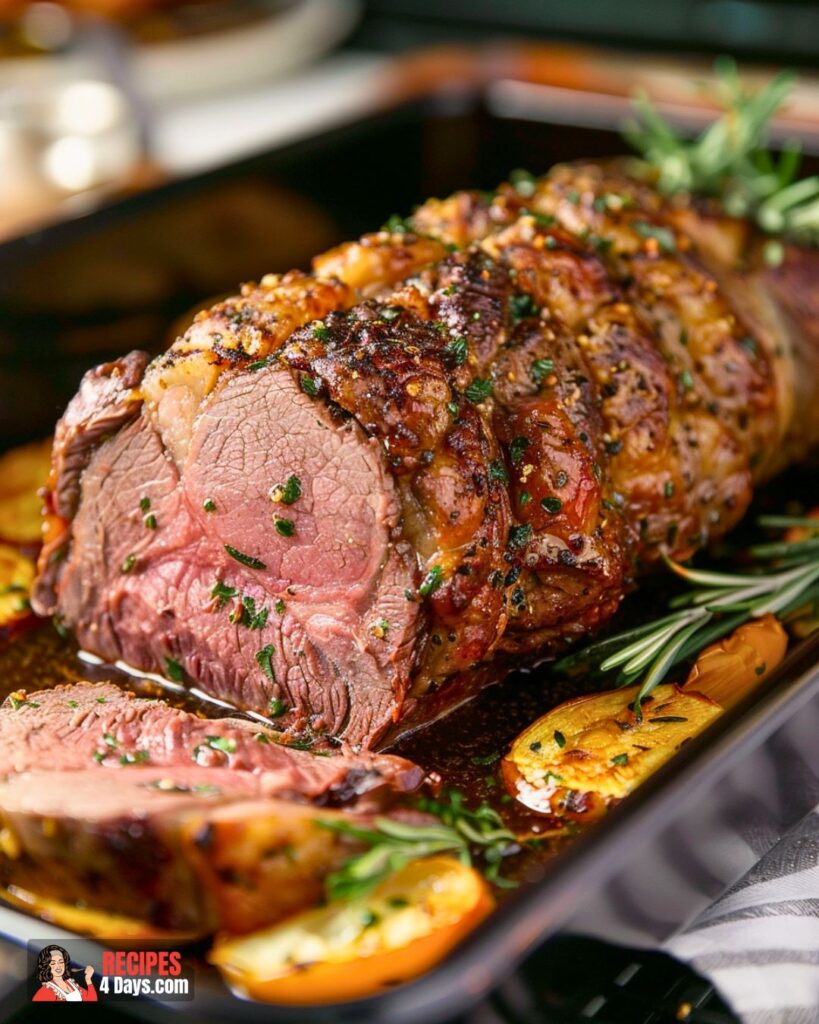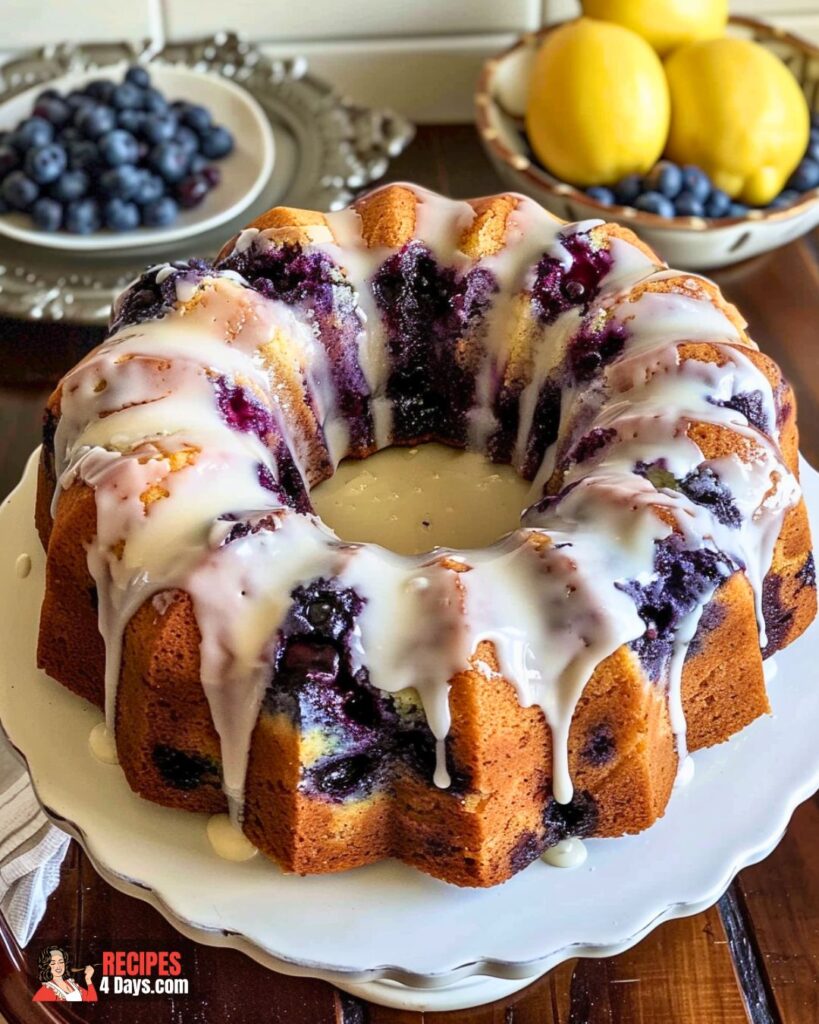Ingredients :
- 1 2-3lb organic pasture raised chicken
- 1 cup of good quality organic low sodium chicken broth
- 4 sprigs of rosemary
- Bag of frozen peas
- 1 Shallot
- 5 Sage leaves
- 5 small white mushrooms
- String
- Salt and Pepper
- 1 small leek
- Small handful of carrots
- 1 clove of garlic
- 1 small onion
- 1 bay leaf
- 4 sprigs of thyme
Directions :
Preheat oven to 425. Place a roasting pan, or oven proof frying pan in the oven to heat.
Wash your chicken thoroughly, inside and out, removing any giblets that might be left. Dry inside and out very thoroughly with paper towel.
Remove the leaves of rosemary from the sprigs by running your fingers down the stem, against the direction of the leaves. Chop the rosemary leaves. Sprinkle the inside of the chicken with some salt, pepper, and half of your rosemary. I like to make sure this is rubbed in well into the cavity, and not just sitting in there.
Sprinkle a little salt, pepper and rosemary into the joints of the chicken. This is easier to do before we truss the chicken. Trussing a chicken is the simple step of tying up the bird, so that it is nice and compact. This does a couple of things. Firstly, it helps keep the bird moist whilst cooking by protecting the breast slightly. Secondly, it makes for a great looking bird!
First off, tuck the wings under the bird, by bending them backwards, and down. Take a piece of string that is about 4 times the length of your chicken. Place the chicken on a board, with the tail (legs) pointing away from you. Place the center of the string, under the bird, at the leg end (about level with the end of the drumsticks). Bring both sides of string up, and over the drumsticks, and wrap around them, pulling it tight. You can knot the strings together here to help hold the bird if you wish.
Run the strings down the side of the breast, between the leg and the breast. Cross them under the front of the breast, making sure the string lies across the tucked in wings, to hold them in place. Bring each string up the side of the bird, and knot on top of the breast. Cut any excess string off.
Sprinkle the rest of the rosemary over the bird, along with a little salt and freshly ground black pepper. Make sure the skin is evenly covered. The salt will help draw out moisture from the skin, making it crispy.
Remove your pan for the chicken from the oven, and gently lower the chicken onto it. It is most likely going to crackle loudly, and spit, since the pan is hot. Get the pan back into the oven as quickly as possible. The chicken is going to take between 45 to 60 minutes to cook. The chicken is cooked when its temperature reaches 160 degrees Fahrenheit. To check this, insert a cooking thermometer into the fleshy part of the thigh, right by the breast – it should read 160. When you remove the thermometer, make sure the juices from the hole that is made run out clear. If there thermometer doesn’t read 160, or the juices aren’t clear, the bird needs longer to cook.
Once the chicken is in the oven lets start prepping some of the vegetables for the au jus. I like to simmer my chicken broth in some vegetables and herbs, to give it extra flavor. Thinly slice the leek, carrots and onion. Discard the outer layer of the leek, since it will be tough. Only slice the leek up until the green section. Discard the green top.
Heat a medium sized saucepan over a medium heat. When the pan is hot add the onions. If you need a little liquid to stop the onion from sticking, put a little water in. I don’t like to use any fat here, as it can leave a film on your au jus, unless properly strained. You want to just soften the onions. Now throw in the garlic, carrots, leek, thyme and bay leaf. Mix this around. Pour all of your chicken stock into this saucepan, and mix again. Turn the heat up to high, and get this boiling. Once boiling reduce to a simmer. We want this to simmer for about 30 minutes.
When this has been cooking for about 30 minutes, remove from the heat and strain through a fine mesh sieve, keep the stock and discard the vegetables/herbs. This stock is now ready to use in the au jus.
About 35 minutes into the cooking, I like to check to make sure the breast isn’t too brown. If it looks like the breast has browned enough, you can cover the bird with some foil, and put it back in the oven. This will allow the bird to cook, but will slow down the browning of the skin.
Now comes the best part of roasting a chicken… Nothing!
Sit back, relax, have a glass of wine.. read a book (more of this one!). There is nothing really to be done until 10 minutes before the bird is done.
When the chicken is almost done, peel and chop the shallot reasonably finely. Wash the sage leaves, and finely chop those too.
Remove the chicken from the oven. Carefully lift it out of the roasting pan, tipping out any juices from inside the bird into the pan. Place the bird on a carving board, and cover with foil to keep warm. The bird will keep cooking at this point, we are just letting it rest for 10 minutes, to help the juices distribute throughout the meat, before cutting.
In a medium sized frying pan, over a medium heat, heat 1/2 tablespoon of olive oil. When heated, add the shallots and sage. Slowly saute the sage and shallots together. We want these to cook down a bit, and the shallots go a little translucent. We don’t want the heat high enough to brown the shallots however.
As the shallots are slowly cooking, lets get going on the au jus. This is easier if you roasted your bird in a frying pan (or a pan that is OK to go onto the stove). Pour any juices from the pan into a measuring jug. Let the juices settle. You should see the liquid separate into two layers. The top layer is fat, and the bottom layer is the great flavourful juice. Using a turkey baster, suck up the juice from under the fat layer, and squirt this back into your roasting pan/frying pan. Turn up the heat and add the broth that we simmered with vegetables. The broth should start boiling fast. Using a spoon scrap up the bits from the bottom of the pan. The use of a fast boiling liquid (stock or wine) and lifting the bits from the pan is called “deglazing”. Let this boil away until the liquid has reduced by half, and the mixture is becoming a little more syrupy.
Back to the shallots. Add a couple of handfuls of frozen peas to the shallot/sage mixture. Keep stirring this (and the au jus!) to make sure the peas start defrosting evenly. They will only take a few minutes to defrost and cook through. Make sure you don’t cook them too much, no one likes mushy peas!
With the peas ready, and the au jus ready, we can start cutting up the chicken. Make sure that the chicken au jus stays warm through all the carving – just keep it over a low heat. I like to serve large pieces of chicken, rather than carving up the bird (which is traditional in England). Start by getting a really sharp knife. Cut the string off the bird. We are going to remove both legs, then remove the breasts with the wings still attached to them. Pull one leg slightly away from the breast, and start slowly cutting down into the joint between the leg and the breast. Use the tip of your knife to find the joint, and cut through it. The leg should now come off easily. This can take a bit of practice… your first one might not look so hot! Once this is done, repeat for the other side.
The next thing to do is to cut the breast off the chicken carcass. Place your knife along the top of the breast, slightly to one side of the middle. Start cutting down into the bird. As you cut, you will be able to see the breast bone, make sure you cut to one side of that, not through it! Keep cutting all the way down until you get to the wing. Just cut through the bottom of the chicken, and the breast and wing should come off as one. Again, this takes some practice. Repeat this for the other side.
Now for plating. Carefully spoon a mound of peas into the center of a plate. Make sure they don’t roll all over the plate, but are in a nice circular pile. Gently place a couple of pieces of chicken on top of the peas. I like to find creative ways to wrap the pieces together. I typically serve a breast and a leg on the same plate. Use the leg and the wing (still attached to the breast) to support both pieces together. You can also serve two legs together, which can look great on a plate (shown at the start of this recipe). Pour half of the chicken au jus over the top. Repeat for your second plate.
